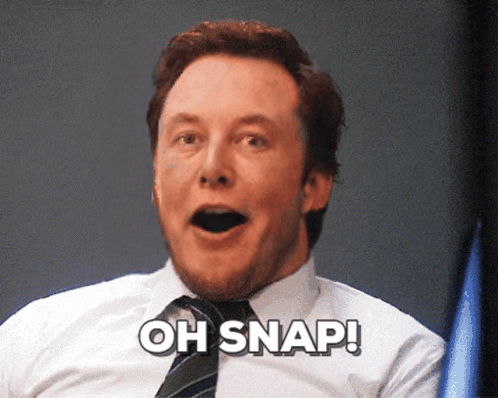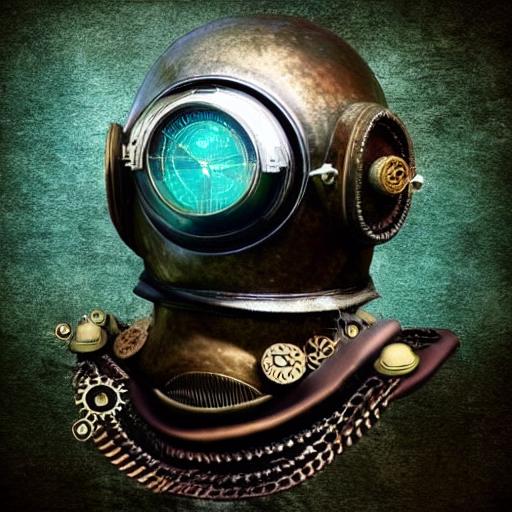PixelFlow allows you to use all these features
Unlock the full potential of generative AI with Segmind. Create stunning visuals and innovative designs with total creative control. Take advantage of powerful development tools to automate processes and models, elevating your creative workflow.
Segmented Creation Workflow
Gain greater control by dividing the creative process into distinct steps, refining each phase.
Customized Output
Customize at various stages, from initial generation to final adjustments, ensuring tailored creative outputs.
Layering Different Models
Integrate and utilize multiple models simultaneously, producing complex and polished creative results.
Workflow APIs
Deploy Pixelflows as APIs quickly, without server setup, ensuring scalability and efficiency.
ControlNet Scribble
ControlNet Scribble model, revolutionizes image generation through manual annotations. This innovative technique empowers users to directly influence the generation process by simply scribbling or marking desired modifications on the image, bridging the gap between user intent and AI capabilities.
At the heart of ControlNet Scribble lies a sophisticated mechanism that interprets user annotations as directives for image generation. By integrating these manual markings, the model comprehends and incorporates user preferences, ensuring that the generated output aligns closely with the user's vision.
Advantages
-
User-Directed Generation: Provides users with the autonomy to guide the image generation process through direct annotations.
-
Fine-Grained Control: Offers unparalleled precision, allowing users to influence specific aspects of the generated image.
-
Tailored Outputs: Ensures that the generated images resonate with user preferences, capturing the essence of their desired modifications.
Use Cases
-
Customized Image Editing: Ideal for users who wish to make specific edits or modifications to their images.
-
Artistic Creations: Artists can harness the scribble preprocessors to infuse hand-drawn authenticity into digital artworks.
-
Interactive Design: Designers can iteratively shape their designs, making real-time adjustments through scribbles.
-
Educational Tools: Can be integrated into learning platforms, allowing students to interactively engage with image-based content.
ControlNet Scribble License
ControlNet Scribble, in its commitment to ethical AI practices, has embraced the CreativeML OpenRAIL M license. This decision not only underscores the model's dedication to responsible AI but also aligns it with the principles set forth by BigScience and the RAIL Initiative. Their collaborative work in AI ethics and responsibility has set the benchmark for licenses like the OpenRAIL M.
Other Popular Models
sdxl-controlnet
SDXL ControlNet gives unprecedented control over text-to-image generation. SDXL ControlNet models Introduces the concept of conditioning inputs, which provide additional information to guide the image generation process

storydiffusion
Story Diffusion turns your written narratives into stunning image sequences.

idm-vton
Best-in-class clothing virtual try on in the wild

sd2.1-faceswapper
Take a picture/gif and replace the face in it with a face of your choice. You only need one image of the desired face. No dataset, no training

